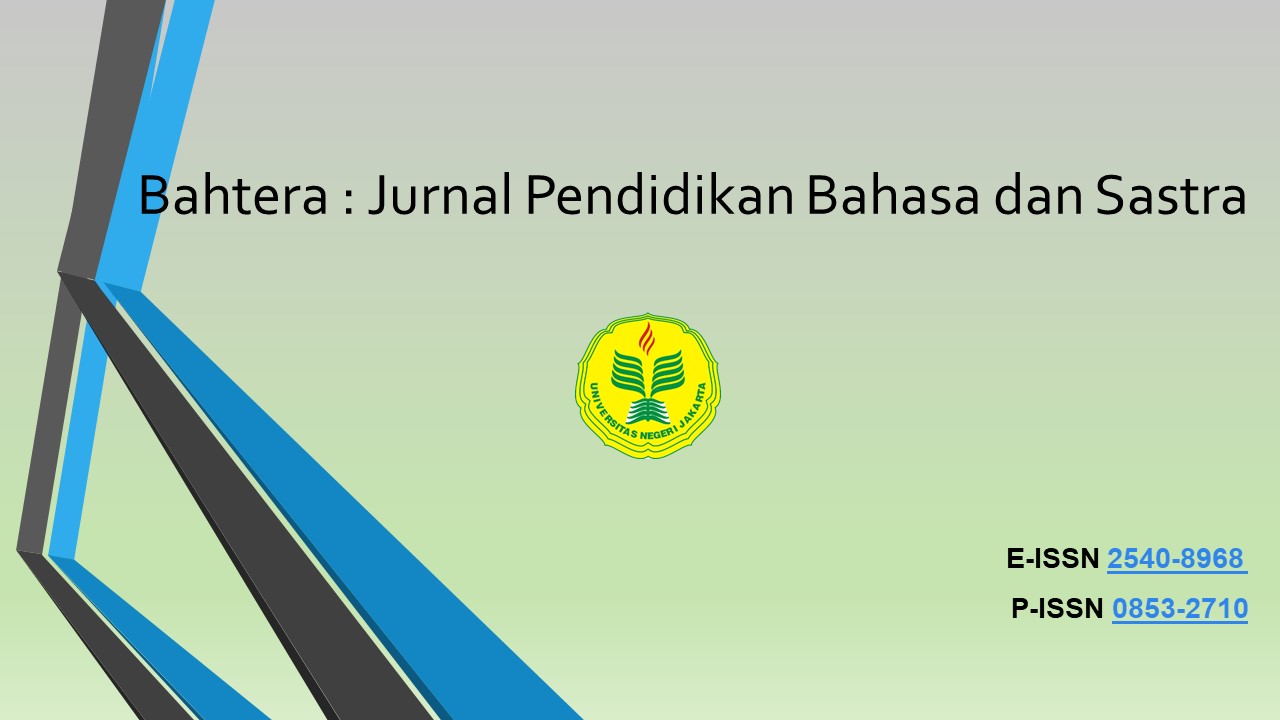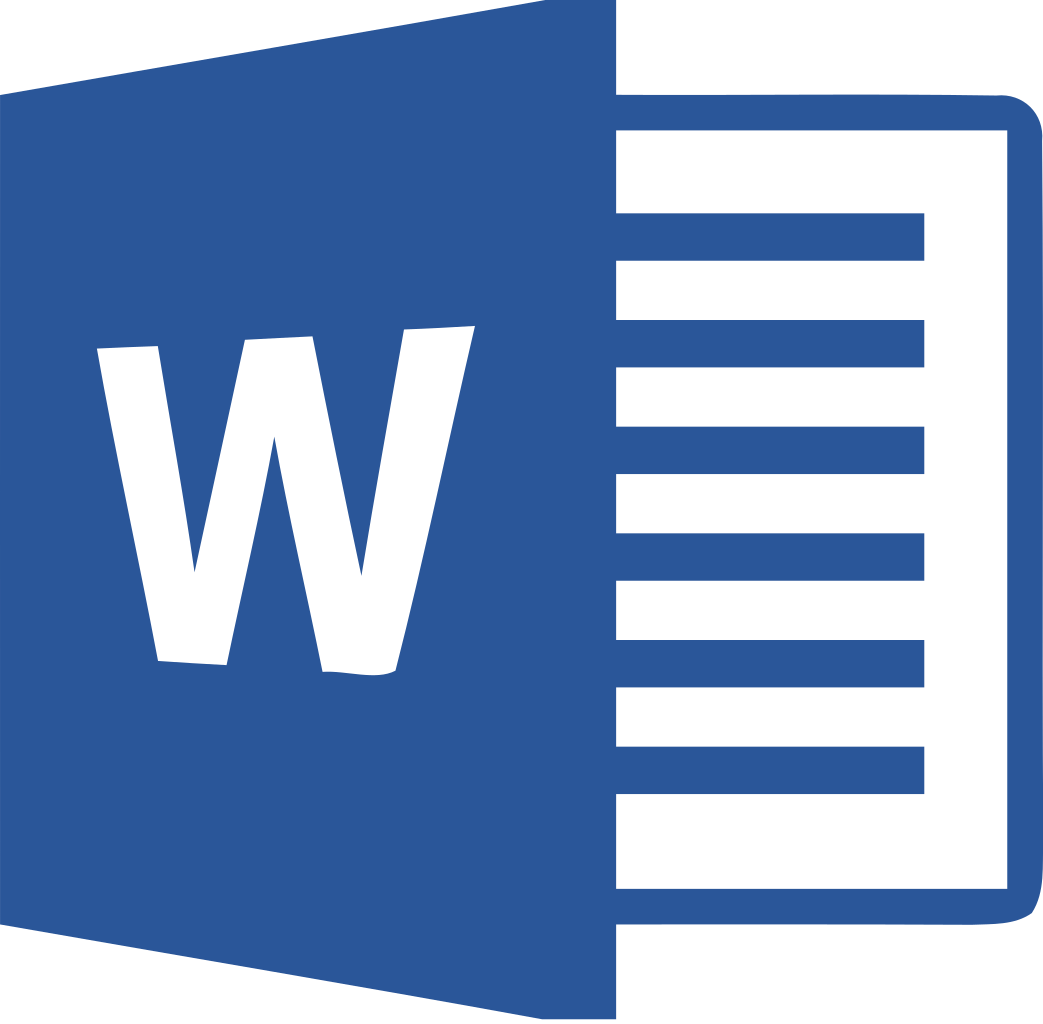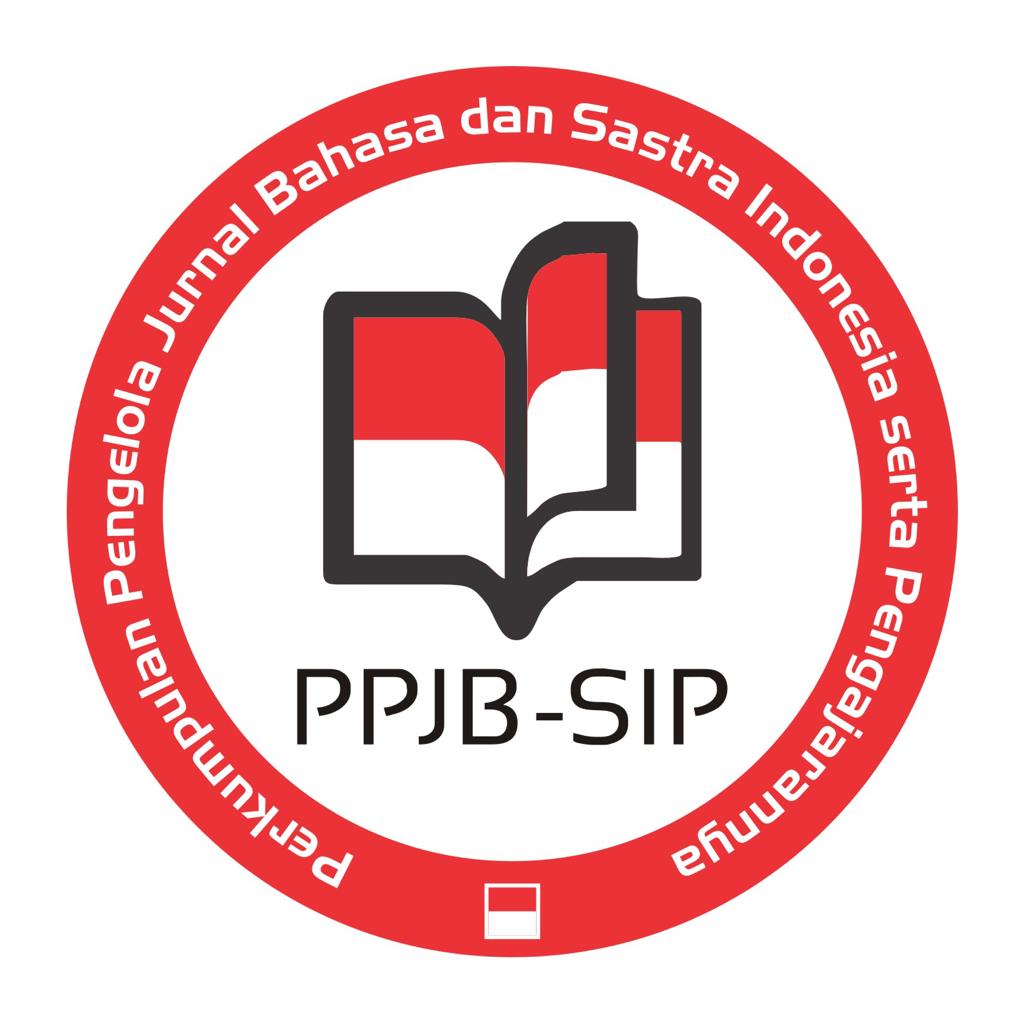Pengembangan Media Interaktif Canva untuk Meningkatkan Kemampuan Pronunciation Siswa SD Muhammadiyah 8 Banjarmasin
DOI:
https://doi.org/10.21009/bahtera.241.01Keywords:
Development, Interactive, CanvaAbstract
This study aims to develop and evaluate the effectiveness of Canva-based interactive PowerPoint media to enhance pronunciation skills among fifth-grade students at SD Muhammadiyah 8 Banjarmasin. Employing a Research and Development (R&D) methodology with a 4D model (Define, Design, Develop, Disseminate), the research identifies specific learning needs, designs prototypes, validates media through expert reviews, and implements it in the classroom. Observations revealed challenges such as limited vocabulary, pronunciation difficulties, and monotonous teaching methods relying on textbooks and audio recordings. The developed media combines visual, audio, and interactive elements, including quizzes, to engage students. Validation results showed high feasibility, with expert ratings averaging over 98%. A trial with 19 students demonstrated a significant improvement in pronunciation, with an average pre-test score of 62.36 increasing to 83.84 in the post-test, supported by an N-Gain of 0.50 (medium effectiveness). Feedback from teachers and students indicated that the media was practical, visually appealing, and motivational. The findings suggest that Canva-based interactive PowerPoint media effectively addresses pronunciation challenges while enhancing student engagement and learning outcomes. This research highlights the transformative potential of integrating digital tools into education, offering practical solutions for language learning at the elementary level
References
Budi Sutrisno, A., Razak, F., & Andi Matappa, S. (2024). Peningkatan Keterampilan Guru PAUD Dalam Membuat Media Pembelajaran Berbasis Animasi Powerpoint. IPMAS, 4(1). https://doi.org/10.30605/ipmas.4.1.2024.468
Fadrianto, A. (n.d.). E-Learning Dalam Kemajuan Iptek Yang Semakin Pesat. In Ijns.org Indonesian Journal on Networking and Security (Vol. 8). Online. https://doi.org/http://dx.doi.org/10.55181/ijns.v8i4.1598
Gilakjani, A. P., & Sabouri, N. B. (2016). Learners’ Listening Comprehension Difficulties in English Language Learning: A Literature Review. English Language Teaching, 9(6), 123. https://doi.org/10.5539/elt.v9n6p123
Ichsan Mahardika, A., Wiranda, N., & Pramita, M. (2021). PEMBUATAN MEDIA PEMBELAJARAN MENARIK MENGGUNAKAN CANVA UNTUK OPTIMALISASI PEMBELAJARAN DARING (Vol. 4, Issue 3). 10.29303/jppm.v4i3.2817
Mahyudin, A. (2023). Journal of Instructional and Development Researches Pengembangan Media Pembelajaran Canva Mata Pelajaran PAI & BP Fase C-Sekolah Dasar. JIDeR, 3(4). https://doi.org/10.53621/jider.v3i4.255
Paramita, A., Niswati, imatun, & Karyati, Z. (2022). MICROSOFT POWERPOINT SEBAGAI MEDIA PEMBELAJARAN AUDIOVISUAL PADA TAMAN KANAK-KANAK FATAHILLAH LENTENG AGUNG. Jurnal PKM: Pengabdian Kepada Masyarakat, 05(03). http://dx.doi.org/10.30998/jurnalpkm.v5i3.7017
Priscila Ritonga, A., Putri Andini, N., Iklmah, L., & Pendidikan Guru, J. (2022). Pengembangan Bahan Ajaran Media. Jurnal Multidisiplin Dehasen, 1(3), 343–348. https://doi.org/10.37676/mude.v1i3.2612
Rafi Purwa Syahputra, Salma Nabila, Jannatuzzahra, K., & Amalia Anjani Arifiyanti. (2023). Pemanfaatan Canva Sebagai Alat Pengembangan Kreativitas Remaja Dalam Mewujudkan Generasi Muda Yang Kreatif dan Inovatif: Studi Kasus KKN di SMPN 32 Surabaya. NUSANTARA Jurnal Pengabdian Kepada Masyarakat, 4(1), 51–63. https://doi.org/10.55606/nusantara.v4i1.2291
Tarigan, D., & Siagian, D. S. (2015). PENGEMBANGAN MEDIA PEMBELAJARAN INTERAKTIF PADA PEMBELAJARAN EKONOMI. In Jurnal Teknologi Informasi & Komunikasi dalam Pendidikan (Vol. 2, Issue 2). https://doi.org/10.24114/jtikp.v2i2.3295
Wibowo, H. (2023). wibowo (W. Anita, Ed.; 1st ed.). Tiram Media
Downloads
Published
How to Cite
Issue
Section
License
Copyright (c) 2025 Bahtera: Jurnal Pendidikan Bahasa dan Sastra

This work is licensed under a Creative Commons Attribution 4.0 International License.
License & Copyright
This work is licensed under a Creative Commons Attribution 4.0 International License.










